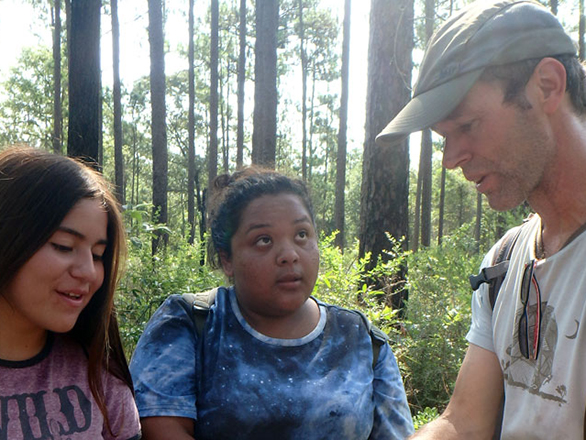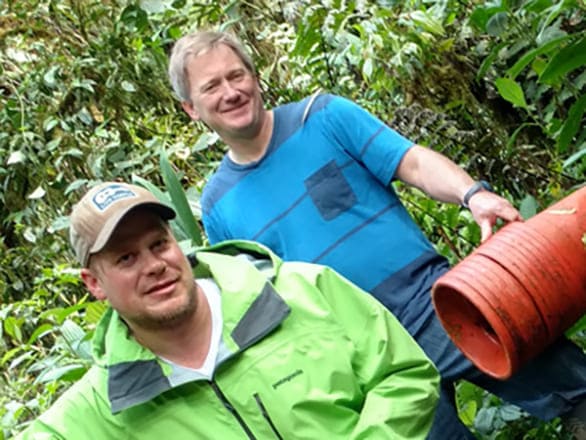Nevada: A world leader in research at the unique interface between chemistry and biology
While the benefits of the research to health and agriculture are global, the impacts on Nevada are substantive. This center of excellence establishes Nevada as a world leader for conducting research at this unique interface between chemistry and biology.
- The natural resources of Great Basin is illuminated through scientific and popular publications, community outreach, citizen science and museum exhibits.
- The center brings international recognition to Nevada by serving as an epicenter to conduct chemical-ecology research and arid-land bioprospecting.
- The job and economic benefits to the state of Nevada include direct employment of scientists and direct benefits to major employers in biotechnology, pharmaceutical and agricultural industries in Nevada. Partnership with industrial collaborators leads to recruitment of new companies to Nevada. Discoveries of new drug candidates and insecticides will stimulate the growth of related start-up companies and the licensing of University intellectual property rights.




 All PIs, senior personnel and students at the chemical ecology center participate in outreach efforts relevant to chemical ecology. These efforts are substantive and have been carefully developed with the help of funding agencies such as Earthwatch Institute.
All PIs, senior personnel and students at the chemical ecology center participate in outreach efforts relevant to chemical ecology. These efforts are substantive and have been carefully developed with the help of funding agencies such as Earthwatch Institute.